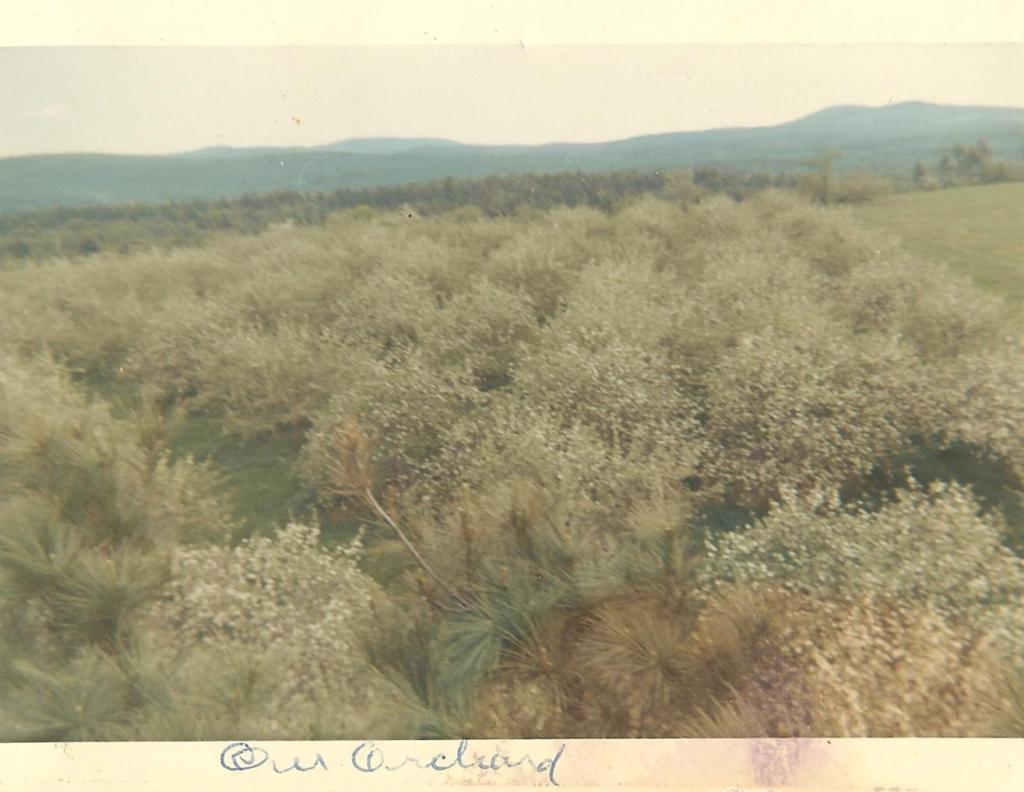This Poem Courtesy of the Heirs of Elaine Gray.
Donated to the Orrington Historical Society April 19, 2000.
Snow’s Corner, District No I
A one room school, with it’s two by four yard,
To play much ball in it, really was hard.
We mostly played “Scrub” Hardly room for that?
More suited it was for just Three Old Cat.
Equipment? Town furnished School House that’s all.
To play “Haley Baley Over” with pudding bag ball
No grass grew where we played “Tag” round the school.
Sharp corners, heels flying, the steps the “Gool.”
In Winter
The overflowed brook, gave us our skating,
The swing of our arms, gave us our rating:
In Spelling Matches, with Pierces Crossing,
Miss Read, or, Miss Dodge, doing the “Bossing.”
After the Spelling, The playing of games,
Now so silly? Like this. Some of the names?
Post Office, Green Carpet, and, Needles Eye,
If you didn’t get “picked” you wanted to die.
The Teachers? We had were mostly females,
In memory of them our mind never fails;
Jesse R. Nellie A. Josephine King,
Also Alice Dodge, Who taught us to sing?
Poor Dodge, acted a bit shy with us boys,
None of us added a bit to her joys.
She told me, President, I could be,
So smart? Some Hooey. Now, Look at me?
Male teachers/ The Phillips Boys, Mose, Chas. and Will,
Benton Lenthist, Red Head, Nickname B.L.
He almost pulled off Fred Bennet’s ear, ‘Cause?
He thought Fred to blame, – Maybe he was.
Of all the pupils who went to District One,
We’ll name a few, now, just for fun.
The Bakers and Smiths, from Baker Hill,
The Hilliers, Four, The oldest called Bill.
There was James, Frank, Winnie, or, Dunny,
From a family large. It wasn’t funny.
With Muriel, Arnold,and Steven that’s all,
Of school age, at that time, last name Hall.
Just two Rideouts, A girl and a boy,
The girl Evelyn, and the boy of course Roy.
The Wheldens, Christine, and a string bean kid,
Sidney, by name, mostly shortened to Sid.
The older boys, who in winter time went,
Polly P. Fred B. Hersey S. Galen Kent.
More girls, Daisy O. Ethel H. Hasel S.
Oh, Herbert Snow. Went west! That’s all I guess.
But , Yes, Left out of this tale is the name,
Bertha Freeman, Of Cats Cradle fame.
Teacher, Caught us playing, stood us out in the floor.
Made us play “Cats Cradle,” More and yet more.
The studies we had? I have left them out
All books, We went through and through, just about.
“How far did you go? Then it would appear
You should start again – Just about here.”
They got Algebra for us older guys
Just some more figgerin’ in disguise?
And, though we didn’t attend High School,
Our after life, proved us not a fool.
So, This ends the Saga of District One
No, Let’s say, That’s how it all begun;
There a few of us left, But, Are we old?
By the train of our thoughts, can our age be told.
Sure Sign, ie, Reminising?
Sid Wheldin X His Mark
A Note from Sidney Whelden, found at the bottom of the original typewritten poem:
Dear School Supervisor –
This was written after my return from a visit to Maine and of course particularly to Orrington (last year 1959). I borrowed my step daughter’s typewriter and by dint of “pick and poke” hope I have made it readable.
Was pleased to see you again! Hope it will be possible to see you next summer.
Sincerely
Sidney
A Note from Orrington Historical Society Member Bruce B.:
Sidney Byron Whelden (b. Winterport 12 Jun 1885; d. Abington, Massachusetts 13 Aug 1975) was the son of Ezra Rodden Whelden (b. Frankfort 12 Jun 1847; d. prob Orrington 04 Nov 1914) and Emma (nee Eaton) Whelden (b. c. 1854 in ?; d. bef. 1892, poss. in Brewer [NFI]). He m. a “Jennie” (b. New York c. 1884) bef. 1920, and she either died or they divorced in the 1940s, as Sid remarried in 1950 in Massachusetts, aged 65.
In stanza 10 of the poem, the Christine mentioned is Sid’s older sister, Christine May Whelden (b. Winterport 18 Nov 1880; d. Jun 1954, m. Charles Wallace Puffer [b. Brewer 04 Feb 1878; d. 1953] on 28 Dec 1904).









